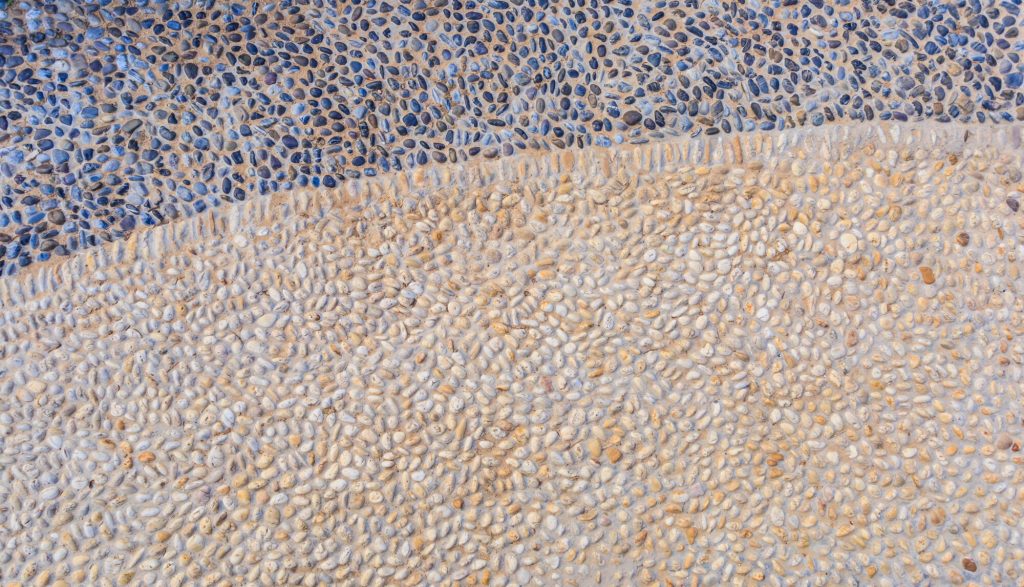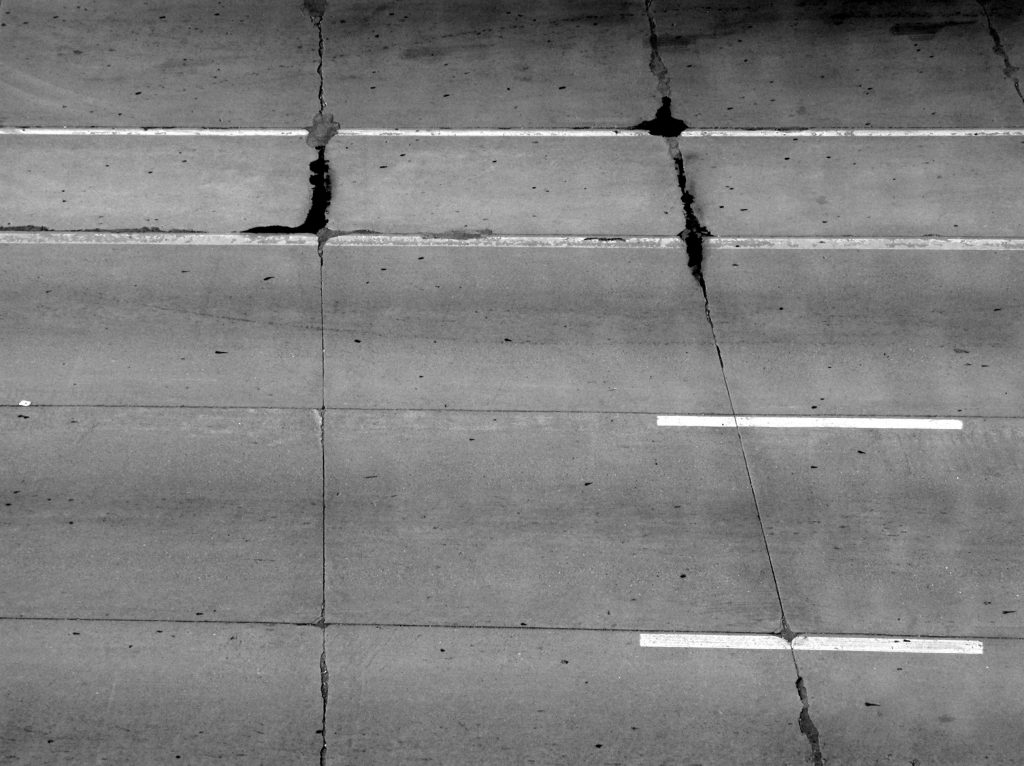Understanding the Science Behind Permeable Pavement
In the realm of urban planning and environmental management, permeable pavement is gaining traction. This innovative solution offers a sustainable approach to managing water drainage in urban areas.
But what exactly is permeable pavement? And how does it work? These are questions that many professionals and homeowners alike are asking.

This article aims to demystify the science behind permeable pavement. We will delve into its functionality, benefits, and why it’s a crucial consideration in modern urban planning.
From understanding the basic science of how water passes through permeable surfaces, to exploring its environmental benefits, we’ve got you covered.
Whether you’re an urban planner, a civil engineer, or a homeowner interested in sustainable building practices, this comprehensive guide will provide you with valuable insights. Let’s embark on this journey to understand the science behind permeable pavement.
What is Permeable Pavement?
Permeable pavement, also known as porous or pervious pavement, is a type of pavement that allows water to pass through it. Unlike traditional pavement, it doesn’t repel water but instead absorbs it.
This unique characteristic is due to the special materials used in its construction. These materials create voids or spaces that facilitate the movement of water.
The water that seeps through permeable pavement doesn’t just disappear. It is directed into the ground beneath, contributing to the natural process of groundwater recharge.
In essence, permeable pavement serves as a bridge between the built environment and the natural water cycle. It’s a tool that helps us manage water in our cities more sustainably.
The Science of Water Drainage Through Permeable Surfaces
The science behind permeable pavement is quite fascinating. It’s all about the interplay between the physical properties of the pavement and the behavior of water.
When rain falls on a permeable surface, it doesn’t pool or run off as it would on an impermeable surface. Instead, it seeps into the pavement, passing through the voids between the aggregate particles.
This process is facilitated by gravity, which pulls the water downwards. But it’s also aided by the capillary action of the tiny spaces within the pavement.
Here’s a simplified step-by-step explanation of how it works:
- Rain falls on the permeable pavement.
- The water seeps into the voids between the aggregate particles.
- Gravity pulls the water downwards, while capillary action helps it spread evenly throughout the pavement.
- The water reaches the bottom layer of the pavement, which is usually a bed of larger stones.
- From there, it drains into the soil beneath, contributing to groundwater recharge.
This process is not only efficient but also environmentally friendly. It helps reduce surface runoff, control water flow, and mitigate the effects of urban heat islands.
Types of Permeable Pavement Materials
There are several types of permeable pavement materials available. Each has its unique properties and applications.
The choice of material depends on various factors. These include the intended use of the pavement, the local climate, and the underlying soil conditions.
The three most common types of permeable pavement materials are porous asphalt, pervious concrete, and interlocking pavers. Each of these materials has a different structure and composition, which affects how they handle water drainage.
Let’s take a closer look at each of these materials.

Porous Asphalt
Porous asphalt is similar to regular asphalt. The key difference is that it contains fewer fine particles.
This results in a more open-graded mix. It creates more voids in the pavement, allowing water to pass through more easily.
Porous asphalt is often used in parking lots and low-traffic roads. It’s durable, relatively inexpensive, and easy to install.
Pervious Concrete
Pervious concrete, also known as porous concrete, is another popular choice. It’s made with carefully controlled amounts of water and cementitious materials.
This creates a paste that forms a thick coating around aggregate particles. The result is a network of highly interconnected voids that water can flow through.
Pervious concrete is often used in sidewalks, driveways, and parking areas. It’s strong, durable, and offers excellent drainage.
Interlocking Pavers
Interlocking pavers are a bit different. They’re individual units that lock together to form a surface.
The gaps between the pavers are filled with small stones or sand. These gaps, or joints, allow water to drain into the underlying layers.
Interlocking pavers are versatile and aesthetically pleasing. They’re often used in patios, walkways, and driveways. They offer good durability and are easy to repair if damaged.
Benefits of Permeable Pavement for Urban Planning
Permeable pavement offers several benefits for urban planning. It’s a key tool for sustainable and resilient city development.
One of the main benefits is improved water management. Permeable pavement reduces surface runoff and helps prevent flooding. It allows rainwater to infiltrate the ground, replenishing groundwater supplies.
Permeable pavement also helps to mitigate the urban heat island effect. This is a phenomenon where urban areas are significantly warmer than their rural surroundings. By allowing water to evaporate, permeable pavement can help to cool the surrounding air.
Another benefit is pollution control. As water passes through the permeable pavement, it can filter out pollutants. This can improve the quality of the water that eventually reaches rivers and lakes.
Finally, permeable pavement can enhance the aesthetic appeal of urban spaces. With a variety of materials and designs available, it can be used to create attractive and functional public spaces. This can contribute to the overall quality of life in urban areas.
Installation and Maintenance: Best Practices
Proper installation of permeable pavement is crucial for its effectiveness. It requires careful planning and execution.
The first step is site assessment. This includes evaluating soil type, site conditions, and expected traffic load. These factors will influence the choice of permeable pavement material and design.
Once installed, regular maintenance is necessary to ensure the pavement continues to function properly. This typically involves periodic sweeping or vacuuming to remove debris that could clog the pores of the pavement.
Despite the need for regular maintenance, the long-term benefits of permeable pavement often outweigh the costs. With proper care, permeable pavement can last for many years, providing environmental benefits and contributing to sustainable urban development.
Comparing Permeable and Traditional Pavement
Permeable and traditional pavements serve the same basic function, but they differ significantly in their environmental impact and water management capabilities.
Traditional pavement, being impermeable, directs rainwater to drains, potentially causing flooding and overloading sewer systems. It also contributes to the urban heat island effect, as it absorbs and retains heat.
In contrast, permeable pavement allows rainwater to seep through, reducing runoff and recharging groundwater. It also helps to moderate urban temperatures by reducing the heat island effect.
While permeable pavement may require more regular maintenance, its environmental benefits and potential cost savings in stormwater management make it a compelling choice for sustainable urban planning.
Challenges and Considerations
Despite its benefits, permeable pavement is not without its challenges. One of the main concerns is its suitability for different climates and environments.
In areas with heavy rainfall, the pavement’s water absorption capacity may be exceeded, leading to surface runoff. Similarly, in cold climates, the freeze-thaw cycle can damage the pavement structure.
Moreover, the effectiveness of permeable pavement also depends on the soil type and site conditions. Therefore, careful planning and site assessment are crucial to ensure the successful implementation of permeable pavement projects.
Case Studies and Real-world Applications
Permeable pavement has been successfully implemented in various settings worldwide. These case studies provide valuable insights into its real-world applications and benefits.
For instance, in Philadelphia, USA, permeable pavement was used in a parking lot to manage stormwater runoff. The project resulted in a significant reduction in surface runoff, contributing to local water quality improvement.
In another case, a residential area in Melbourne, Australia, used permeable pavement for its sidewalks. This not only enhanced the aesthetic appeal but also improved the area’s water drainage system.
The Future of Permeable Pavement Technology
The future of permeable pavement technology looks promising. With ongoing research and advancements, we can expect to see more efficient and sustainable materials and designs.
One area of focus is the integration of recycled materials in the construction of permeable pavement. This not only reduces waste but also lowers the carbon footprint of the production process.
Another exciting development is the potential for permeable pavement to be integrated into smart city initiatives. This could revolutionize urban planning, making our cities more sustainable and resilient to climate change.